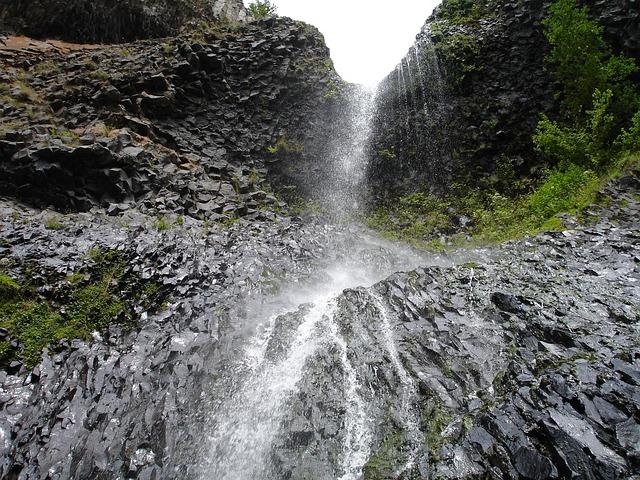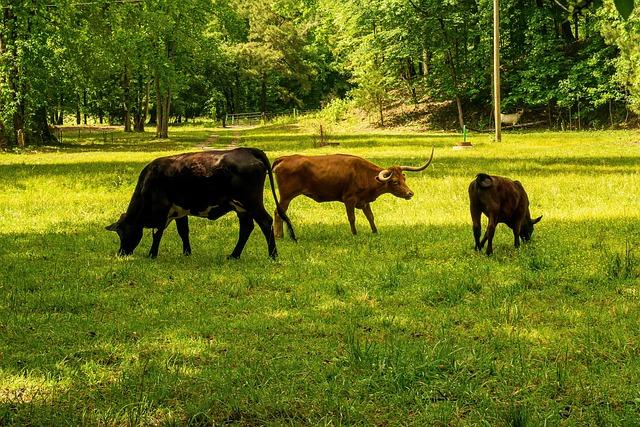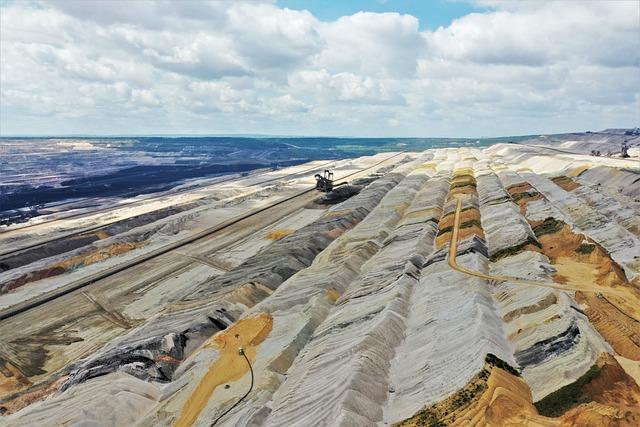- Introduction
- Enhanced Rock Weathering in Brazil
- How Rock Weathering Removes Carbon
- Challenges and Monitoring Effectiveness
- Global Impacts and Scalability
- Conclusion
- FAQs
- References
Introduction
In the ongoing race to combat climate change, carbon dioxide removal (CDR) technologies are gaining traction. Among them, enhanced rock weathering has emerged as a promising natural solution with long-term potential. A new project from Brazil aims to leverage this approach to accelerate carbon capture processes already happening on Earth.
This article will explore how enhanced rock weathering is being implemented in Brazil, the science behind how it removes CO₂ from the atmosphere, the challenges researchers face in its application, and how scalable these initiatives can become on a global level. We'll also touch on recent advancements in monitoring and technological validation.
This nature-based solution could offer an eco-friendly path toward meeting net-zero emissions goals. Let’s take a closer look at what makes the Brazilian effort stand out in this growing field of climate technology.
Enhanced Rock Weathering in Brazil

(Image: Pixabay/@Hans)
Brazil is now home to one of the most ambitious enhanced rock weathering (ERW) projects in Latin America. Spearheaded by environmental scientists and local agricultural stakeholders, the initiative involves spreading finely crushed basalt rock across farmland in regions like São Paulo and Goiás. Basalt is abundant in Brazil due to the country's extensive volcanic geological history, which provides a natural supply chain for ERW operations.
The method strategically targets agricultural lands because the crushed rocks not only capture carbon but also improve soil fertility. The minerals in the basalt react with CO₂ when exposed to water and atmospheric oxygen, forming stable bicarbonates that eventually wash into oceans, locking away carbon for thousands of years.
Brazil's tropical climate further accelerates this chemical process. High rainfall, warm soil temperatures, and active microbial ecosystems enhance the release of nutrients and carbon-binding reactions. These geographical advantages position Brazil as an ideal location for piloting large-scale ERW.
How Rock Weathering Removes Carbon

(Image: Pixabay/@16081684)
Enhanced rock weathering mimics a natural geochemical cycle that typically spans millennia. When silicate minerals in rocks like basalt come into contact with rainwater and CO₂, they undergo a series of chemical reactions that convert gaseous carbon into dissolved forms such as bicarbonate ions. These ions are eventually carried by rivers to oceans, where they contribute to forming oceanic carbonate deposits—effectively sequestering the carbon permanently.
The method becomes “enhanced” when humans intervene by crushing the rocks into powder and distributing them over land to speed up the chemical reactions. The smaller particle size increases surface area, making the reactions more efficient. Spreading the material over farmland not only boosts carbon capture potential but also benefits crop yields by improving pH levels and nutrient content in the soil.
Although the average removal rate varies depending on multiple factors—including rock type, climate, and application method—preliminary research shows that 1 ton of basalt could remove around 0.3 to 0.5 tons of CO₂ over several years. This dual-benefit approach strengthens ERW’s case as a viable CDR strategy, especially in developing agricultural regions.
Challenges and Monitoring Effectiveness

(Image: Pixabay/@grunzibaer)
Despite its promise, enhanced rock weathering still faces key challenges—chief among them being the difficulty in accurately measuring carbon sequestration rates. Scientists have to distinguish between natural carbon absorption and that directly attributed to ERW. Advanced monitoring requires coordinated soil sampling, water runoff analysis, and satellite data validation.
Another challenge is scaling transportation and pulverization of rocks without significantly increasing emissions. Crushing basalt requires energy, and shifting large quantities to farmlands involves logistical planning. To ensure that the environmental gains outweigh the emissions costs, the Brazilian project is working closely with universities and tech startups to use renewable energy and efficient delivery systems.
Data transparency and verification are critical, especially as more ERW credits enter carbon markets. Remote sensing tools, AI models, and blockchain-integrated carbon registries are being piloted alongside on-ground experiments in Brazil to track outcomes in near real-time. These innovations may soon set the standard for how nature-based climate solutions are validated worldwide.
Global Impacts and Scalability

(Image: Pixabay/@geralt)
If successful, Brazil’s ERW project could serve as a model for tropical and subtropical countries also rich in volcanic rock formations. Countries like Indonesia, Kenya, India, and the Philippines face similar agricultural challenges where soil enhancement and climate action can go hand in hand.
Scaling this approach depends on several factors, including political support, economic incentives, and community engagement. Farmers need education and financial resources to participate actively. Governments and carbon markets must also recognize and reward verified CDR through ERW mechanisms.
Internationally, the movement toward nature-based solutions is gaining momentum. As part of the UN’s "Decade on Ecosystem Restoration," enhanced rock weathering intersects with efforts to rebuild degraded soils, protect water systems, and promote biodiversity. The Brazilian prototype could influence upcoming climate policies and green investments globally.
Conclusion
Enhanced rock weathering stands at the intersection of innovation and nature—tapping into Earth's ancient processes to meet today’s environmental crises. The Brazil-based project provides valuable insights on how tropical nations can lead in sustainable carbon removal while boosting their agricultural productivity.
As researchers refine the methods for monitoring and applying rock dust, we may witness a new era where natural landscapes double as climate interventions. Success in Brazil could pave the way for more scalable, science-backed approaches helping the global community reach net-zero targets.
FAQs
What is enhanced rock weathering?
Enhanced rock weathering is a carbon removal technique that involves spreading crushed silicate rocks like basalt over land to capture and store atmospheric CO₂ through natural chemical reactions.
Why is Brazil a good location for this technology?
Brazil offers warm temperatures, high rainfall, and access to volcanic rock sources—conditions favorable for rapid weathering reactions and effective carbon capture, especially on farmland.
How much CO₂ can be removed using this method?
Estimates suggest that every metric ton of finely crushed basalt can potentially remove 0.3–0.5 metric tons of CO₂ over time, though ongoing research is refining these numbers.
Are there risks or downsides associated with rock weathering?
Main concerns include the energy used to mine and transport rocks, possible ecological impacts on soil and local water systems, and the accuracy of measuring carbon sequestration.
Can farmers benefit from participating in these projects?
Yes, beyond carbon removal, basalt rock dust improves soil health, reduces fertilizer need, and boosts crop yields, offering direct agricultural benefits.

